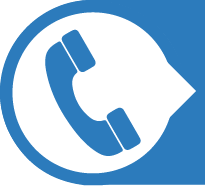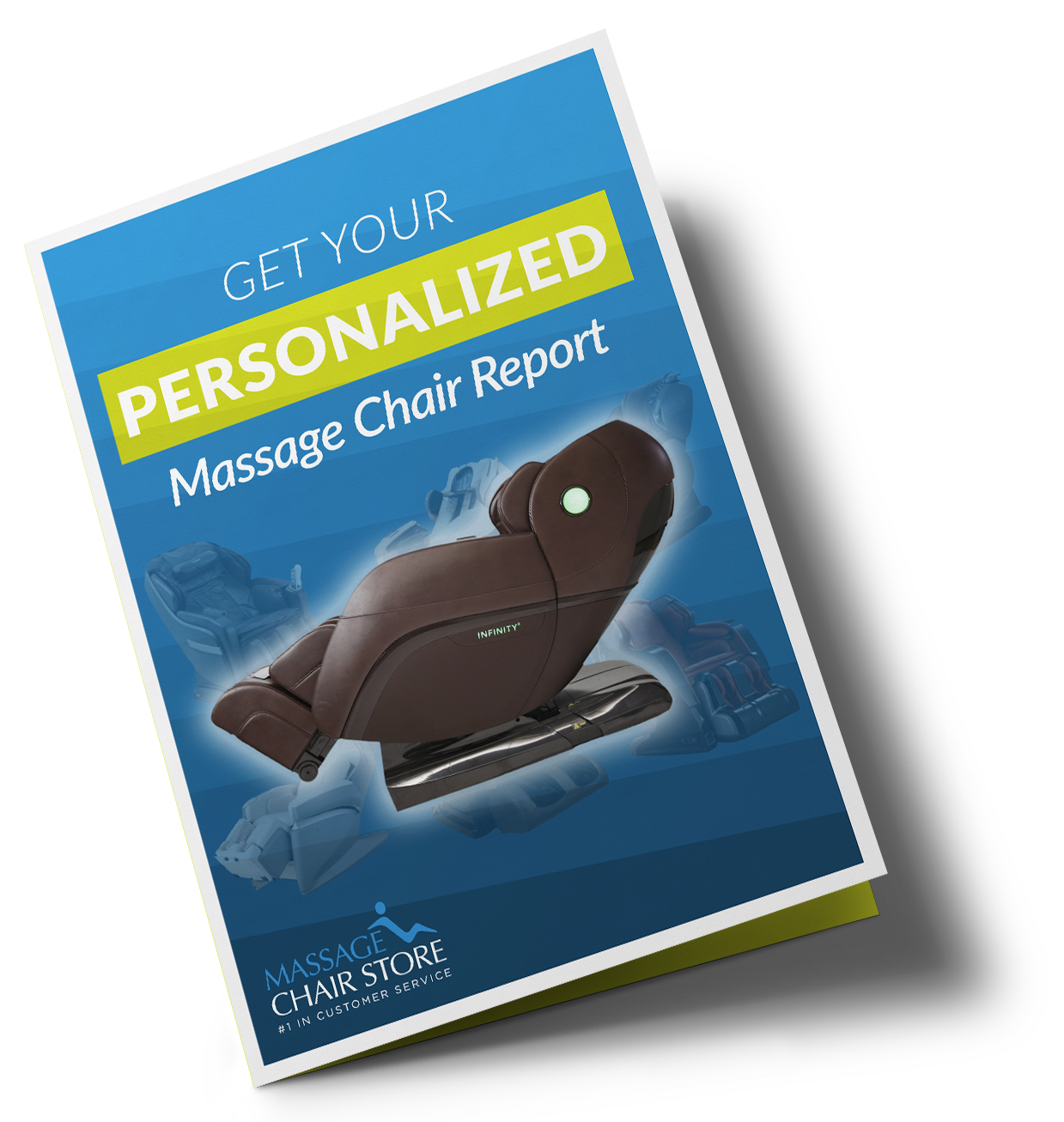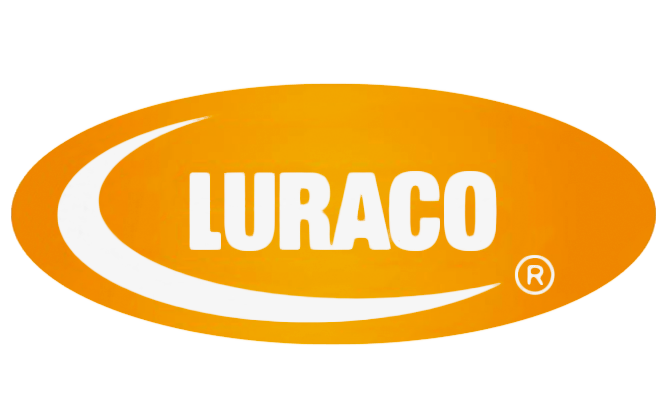Benefits of Massage
 |
Have more questions about massage chairs? Give us a call at 1-877-633-9055 |
Decrease Anxiety and Stress, Increase Productivity and Altertness
STUDY: Massage therapy reduces anxiety and enhances EEG pattern of alertness and math computations.
International Journal of Neuroscience, 86, 197‐ 205. Field, T., Ironson, G., Scafidi, F., Nawrocki, T., Goncalves, A., Burman, I., Pickens, J., Fox, N., Schanberg, S., & Kuhn, C. (1996).
METHODS: Twenty‐six adults were given a chair massage and 24 control group adults were asked to relax in the massage chair for 15 minutes, two times per week for five weeks. On the first and last days of the study they were monitored for EEG before, during and after the sessions. In addition, before and after the sessions they performed math computations, they completed POMS Depression and State Anxiety Scales and they provided a saliva sample for cortisol. At the beginning of the sessions they completed Life Events, Job Stress and Chronic POMS Depression Scales.
RESULTS:
- frontal delta power increased for both groups, suggesting relaxation;
- the massage group showed decreased frontal alpha and beta power (suggesting enhanced alertness), while the control group showed increased alpha and beta power;
- the massage group showed increased speed and accuracy on math computations while the control group did not change;
- anxiety levels were lower following the massage but not the control sessions, although mood state was less depressed following both the massage and control sessions;
- salivary cortisol levels were lower following the massage but not the control sessions but only on the first day; and
- at the end of the 5 week period depression scores were lower for both groups but the job stress score was lower only for the massage group.
Lower Blood Pressure
STUDY: "Massage therapy as a workplace intervention for reduction of stress. "
Cady, S. H., & Jones, G. E. (1997). Perceptual & Motor Skills, 84, 157‐158.
METHODS: The effectiveness of a 15‐min. on‐site massage while seated in a chair was evaluated for reducing stress as indicated by blood pressure. 52 employed participantsʹ blood pressures were measured before and after a 15‐min. massage at work.
RESULTS: Analyses showed a significant reduction in participantsʹ systolic and diastolic blood pressure after receiving the massage.
Help Manage Type II Diabetes Symptoms
STUDY: “Therapeutic Massage and Diabetes”
Rose, M. “Therapeutic Massage and Diabetes ‐ Hypoglycemia: What Massage Therapists and Diabetics Need to Know” (2005)
METHODS: A Diabetes Clinic had its participants check their blood glucose both before and after one-hour massage treatments.
RESULTS: The clinic found that on average “blood sugars tended to drop 20–40 points in the hour, which would be equivalent to the drop experienced with moderate activity.”
Decrease Headaches and Migraines
STUDY: "Migraine headaches are reduced by massage therapy. "
Hernandez‐Reif, M., Dieter J., Field, T., Swerdlow, B., & Diego, M. (1998). International Journal of Neuroscience, 96, 1‐11.
METHODS: Twenty‐six adults with migraine headaches were randomly assigned to a wait‐list control group or to a massage therapy group, who received two 30‐minute massages per week for five consecutive weeks.
RESULTS: The massage therapy subjects reported fewer distress symptoms, less pain, more headache free days, fewer sleep disturbances, and they showed an increase in serotonin levels.
Decrease Pain & Tension
STUDY: "Pain and tension are reduced among hospital nurses after on‐site massage treatments: a pilot study. "
Journal of Perianesthesia Nursing, 14, 128‐133. Katz, J., Wowk, A., Culp, D., & Wakeling, H. (1999).
METHODS: The aims of this pilot study were (1) to evaluate the feasibility of carrying out a series of eight 15‐minute workplace‐based massage treatments, and (2) to determine whether massage therapy reduced pain and stress experienced by nursing staff at a large teaching hospital. Twelve hospital staff (10 registered nurses and 2 nonmedical ward staff) working in a large tertiary care center volunteered to participate. Participants received up to eight, workplace‐based, 15‐minute Swedish massage treatments provided by registered massage therapists. Pain, tension, relaxation, and the Profile of Mood States were measured before and after each massage session.
RESULTS: Pain intensity and tension levels were significantly lower after massage. In addition, relaxation levels and overall mood state improved significantly after treatments.








